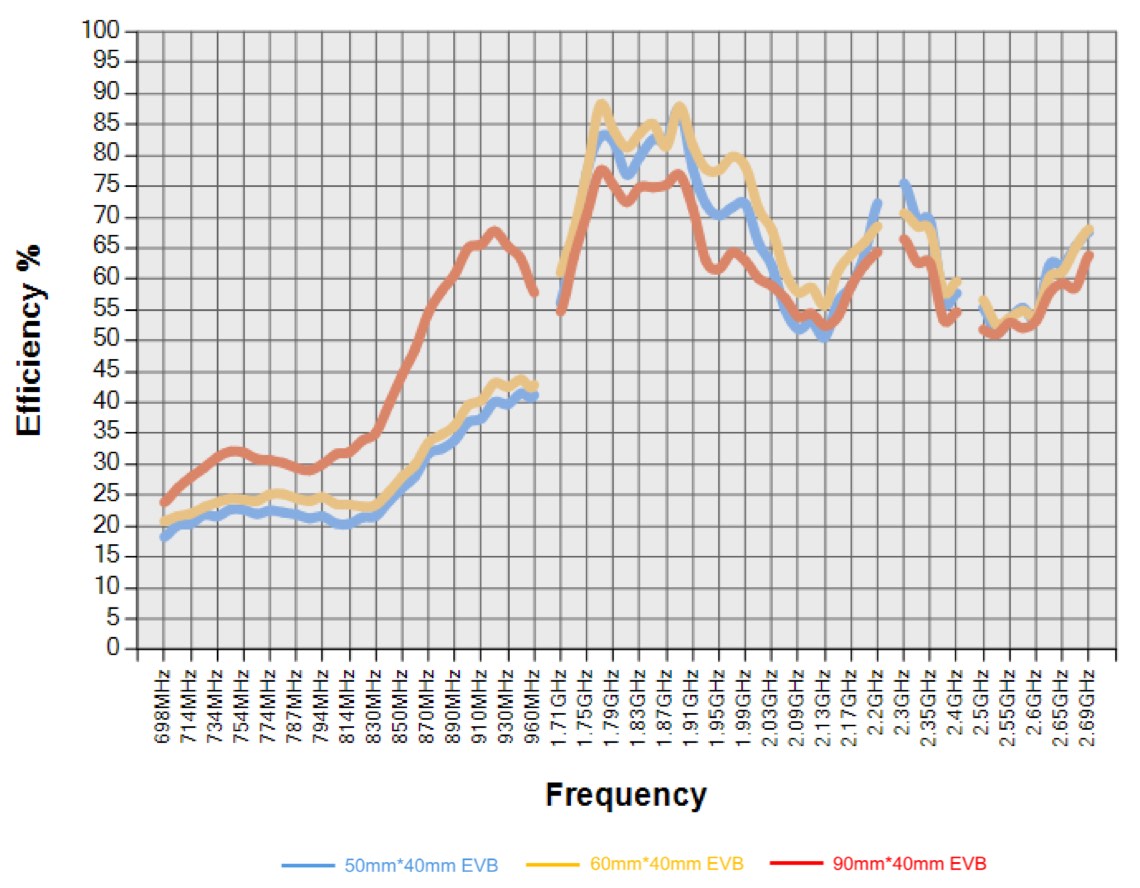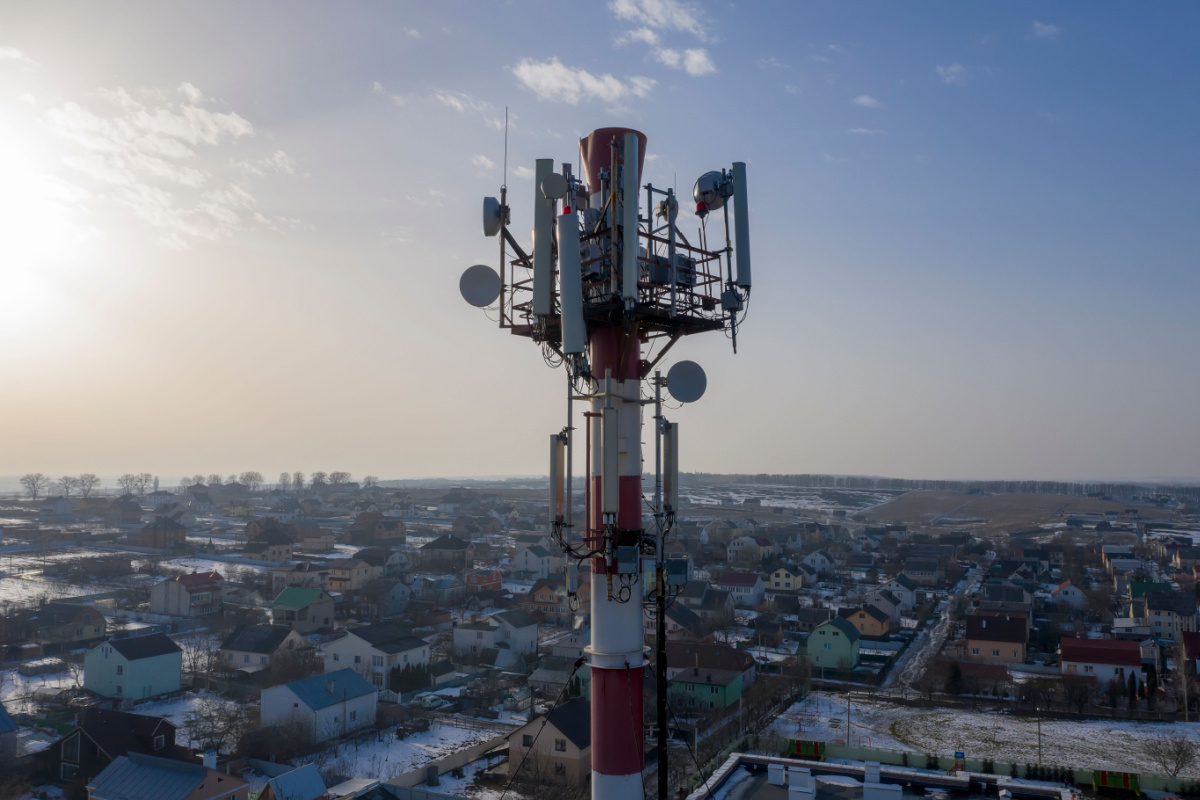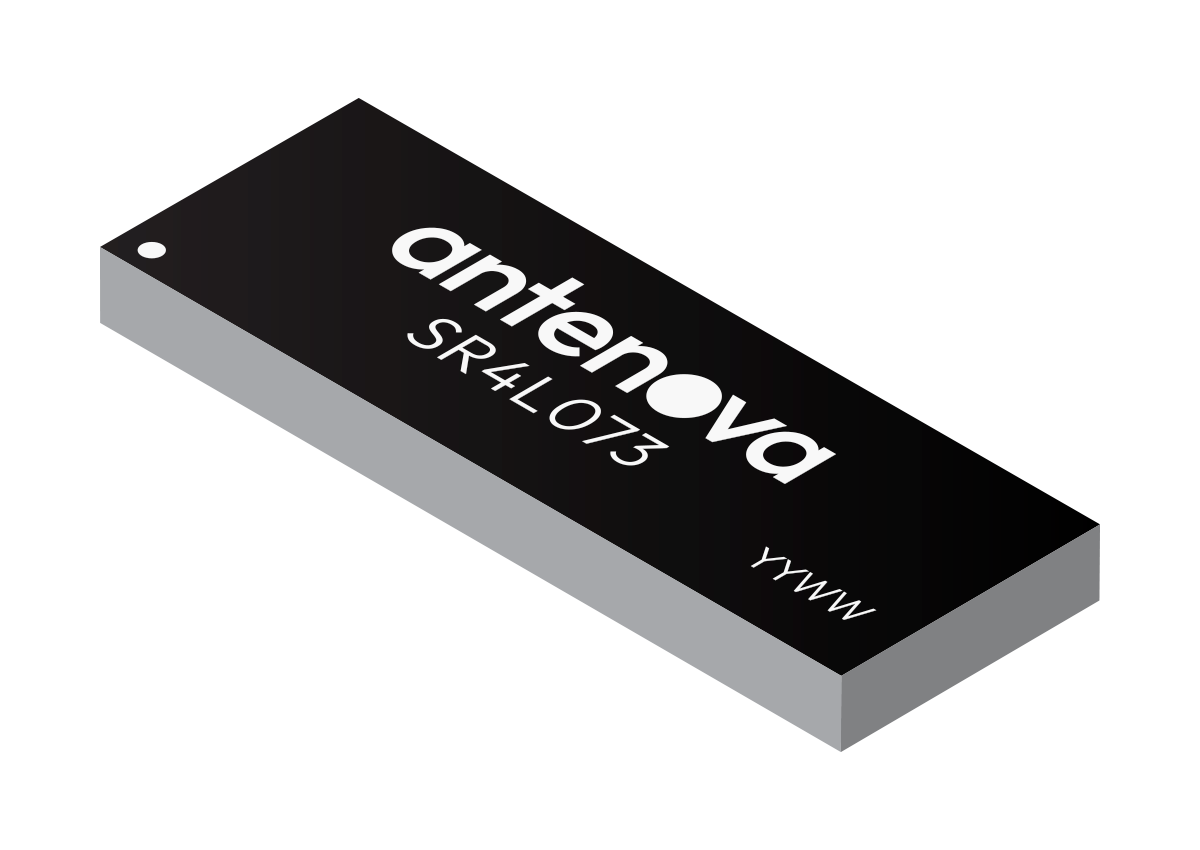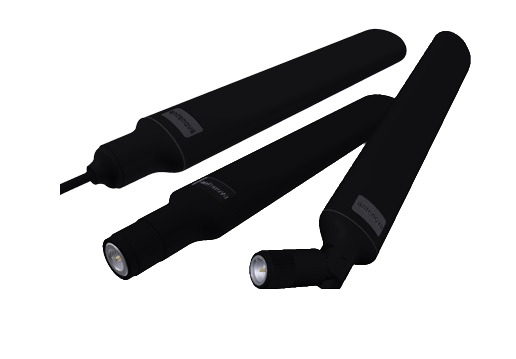5G, 4G/LTE and 3G cellular antennas

Cellular antennas
The demand for wireless devices that are compact, efficient and connect over large distances is continuing to grow. Cellular networks play a key role in servicing this new demand, given their fast speeds, low latency and 3G, 4G/LTE and 5G cellular bands. Cellular antennas are the solution to providing a reliable connection, with suitable bandwidth, efficient performance and long range connections to devices across industries.
What are wireless cellular technologies?
Wireless cellular technologies–2G, 3G, 4G/LTE and 5G–are licensed technologies with a dedicated mobile telecommunications infrastructure – maintained, operated and under the license of numerous network operators worldwide.
Cellular antennas are built to connect via these licensed frequency bands. They operate well for everything from handheld devices, wearables, industrial equipment and sensors. However, for a device to use these licensed frequencies, they must pass a network approval and achieve certification. This requires a focused approach to antenna selection, integration and device design, all with the resulting wireless performance parameters in mind.
Challenges of sacrificing battery life for speed and PCB space in these industries are prevalent. That said, the small ground plane size of cellular antennas has little impact on their performance and makes them the perfect solution to these hurdles.
69 countries
have 5G networks available as of June 2021, via 169 mobile operators
60%
increase in the number of countries with 5G deployments in 2020

What is network approval for cellular devices?
Achieving carrier (network) certification can be a lengthy and costly process for brand new designs – however, no device can connect without it. Small devices are particularly susceptible to suffering from poor performance, and one reason for this is the size of the ground plane. A ground plane is the conducting surface that construes part of the antenna, normally your PCB area local to your antenna. In small, compact devices, this free space that constitutes the ground plane cannot always be afforded: compromising on wireless performance. Ground plane length directly correlates with performance – a relationship we explore in our industry-defining Mission Impossible paper.
What are the key features of cellular antennas?
Compact, saving on PCB space
The compact nature of cellular antennas makes them a great choice for a range of devices. They save valuable PCB space without major sacrifice to efficiency, speed or latency, making them perfect for miniature wireless devices.
High-performance design
Because of their ground plane size and frequency bands, cellular antennas can be used over vast distances whilst still maintaining the same reliability in speed and latency. Through the use of fast networks such as LTE, GSM, CDMA, DCS and PCS, cellular networks can have fast speeds over extreme distances, which is especially the case for 5G connectivity.
Easy to integrate
The characteristics of 3G, 4G/LTE and 5G each benefit different applications and devices. 3G and 4G both offer the smallest ground planes whilst maintaining high efficiency and long range, making them perfect for medical chips and microdevices. On the other hand, 5G offers an extreme boost to speed (100 times faster than 4G) and significantly lower latency (1ms), whilst also boasting greater bandwidth. The flexibility of cellular antennas through being able to use multiple connections makes them easy to integrate into a wide range of applications and industries.
Cellular antenna applications

Long range
Their long range capabilities have seen widespread use in smart grids and intelligent transport systems. Devices that do not necessarily need superior data transfers like petrochemical plants and vending machines also benefit from the range that cellular antennas provide.
What are the best cellular antennas?
Deciding on the right antenna for a cellular device is paramount to success in its respective application. Understanding the right frequency band, ground plane and speed for a device is necessary in finding the perfect choice of antenna.
Antenova offers a wide range of cellular antennas that provide the perfect properties for a multitude of IoT applications. We have cellular antennas that support 3G, 4G/LTE and 5G that are a future-proof choice for designs that will migrate to 5G in their lifetime. Antenova antennas have outstanding performance, efficiency and small ground planes to enable maximal flexibility in device design.
SMD
SMD antennas are directly mounted onto the surface of a PCB. These types of cellular antennas have the smallest ground planes and are perfect for compact IoT applications.
Our Pharaoh is an SMD cellular antenna that has the smallest ground plane (60-50mm) out of all our 4G models. It has a ready to fix design and boasts fantastic efficiency and performance for its compact size. Pharaoh is the perfect choice for a wide range of devices due to its ease of implementation, small ground plane, and excellent performance.




